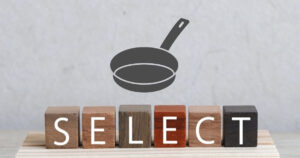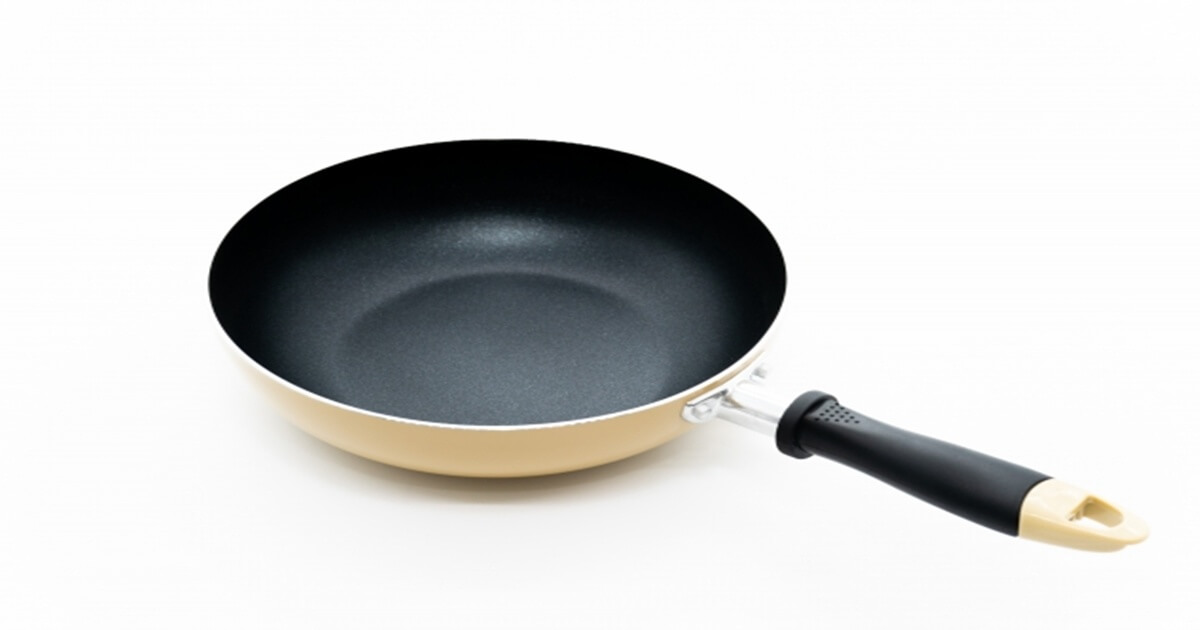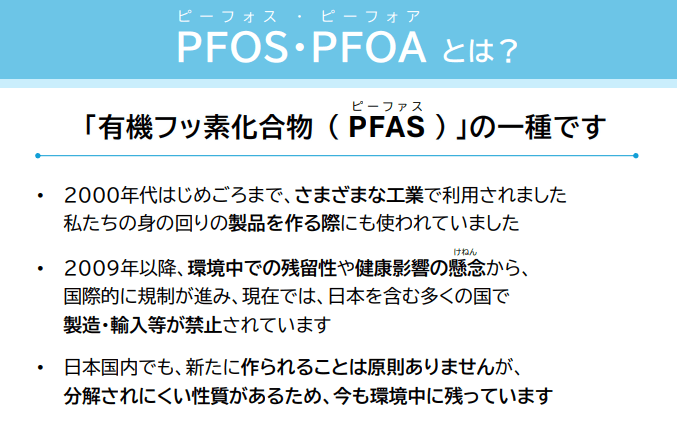“Is Teflon really dangerous?”
That’s a common question—and the concern often comes from outdated information or misunderstandings about how Teflon works.
In this article, we’ll explain:
- Why Teflon was once considered dangerous
- Whether it’s actually safe to use today
Used correctly, Teflon cookware can still be your best friend in the kitchen!
What Is Teflon, Anyway?
“Teflon” is the brand name for a special material called PTFE (Polytetrafluoroethylene)—a type of fluoropolymer.
Its biggest benefit? It’s non-stick and super easy to clean.
Teflon is commonly used in frying pans, pots, and cooking tools—making daily cooking much more convenient.
Chances are, you’ve used one before, right?
Was Teflon Dangerous in the Past?
es, but not for the reasons many people think.
In the past, some Teflon products were made using a chemical called PFOA (Perfluorooctanoic acid) as part of the manufacturing process.
Even if the non-stick coating peels off and is accidentally ingested, PTFE is not absorbed by the body and passes through without causing harm.
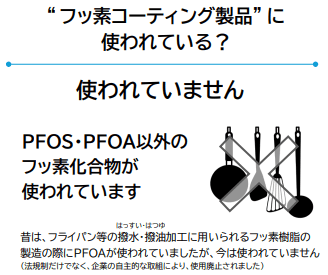
Is Today’s Teflon Safe?
Yes.
Modern Teflon coatings (PTFE-based) are not considered toxic and have not been found to cause cancer.
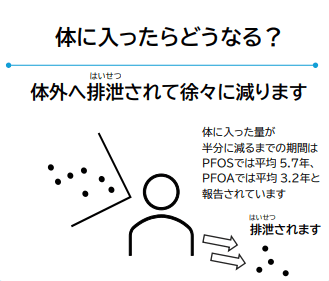
Even if the non-stick coating peels off and is accidentally ingested, PTFE is not absorbed by the body and passes through without causing harm.
フッ素樹脂が健康に影響を与えるという報告は見当たりません。また、調理器具から剥がれ落ちたコーティングの羽編を飲み込んだとしても体には吸収されずに体内を通過し、毒性反応も引き起こさない
Source: Food Safety Commission Secretariat, Cabinet Office, Japan
(Translation:There have been no reports indicating that fluororesin affects human health. Additionally, even if flakes of the coating peel off from cookware and are ingested, they are not absorbed by the body but pass through the digestive system without causing any toxic reactions.)
So Why Do People Still Say Teflon Is Dangerous?
Here are two real risks to be aware of:
【1】Toxic Fumes from Overheating (Empty Pan Heating)
If you heat a Teflon-coated pan while it’s empty, the temperature can quickly rise above 300°C (572°F).
At extremely high heat, PTFE can break down and release fumes that may cause flu-like symptoms (known as “polymer fume fever”).
PTFEを加熱し過ぎた際に生じる熱分解生成物を吸引すると高い毒性が示されることが報告されています。315~375℃で加熱した時の生成物を吸引した場合、インフルエンザに似た症状を示すとされています。
Source: Japan Food Safety Commission
(Translation:Toxic breakdown products appear between 315–375°C (600–707°F) and may cause short-term respiratory effects.)
 Ponkuma
PonkumaDon’t worry—this only happens if you severely overheat an empty pan.
【2】Concern About the Metal Underneath the Coating
Some people worry that if the coating peels off, aluminum or other base materials might leach into the food.
Indeed, aluminum is sensitive to acids and salts, and can accumulate in the body, potentially affecting the kidneys and nervous system over time.



Is aluminum the only concern?



Great question!
Different cookware may use different base materials beneath the non-stick coating, and their safety varies depending on the metal used.
Let’s take a closer look at the safety of common cookware materials when coatings wear off.
When the coating peels off,
\ “Ease of leaching” and precautions by material /
| Material | Ease of Leaching | Reason / Precautions |
|---|---|---|
| Aluminum | ★★★ (High) | Weak against acids and salts; easily leaches if coating peels off. Accumulates in the body and may affect kidneys and the nervous system. |
| Iron | ★★ (Medium) | Rusts easily but can be absorbed as iron. Generally not problematic unless consumed excessively. |
| Stainless Steel | ★ (Low) | Highly corrosion-resistant and less prone to leaching. However, trace amounts of nickel and chromium may leach. |
| Titanium | ★ (Very Low) | Highly biocompatible and safe enough to be used in medical devices. |
| Ceramic | ★ (Very Low) | Inorganic material that is chemically stable. Unlikely to release harmful substances even at high temperatures. |
For those looking for safer frying pans, click here▼
How to Use Teflon Cookware Safely
Want to use your Teflon pan safely and confidently?
Here are some essential tips:
- Never preheat an empty pan (Always add oil or food before heating)
- Avoid high heat (Use medium heat or lower)
- Replace your pan if the coating starts to peel
- Don’t use metal utensils (Use silicone or wooden tools)
- Check if it’s dishwasher-safe (Follow product instructions)
In Summary
Teflon once had safety concerns due to outdated manufacturing chemicals like PFOA.
But today’s Teflon products are strictly regulated and safe for everyday use—as long as you use them correctly.
Avoid overheating and replace damaged cookware as needed, and your Teflon pan can be a time-saving, non-stick hero in your kitchen!
